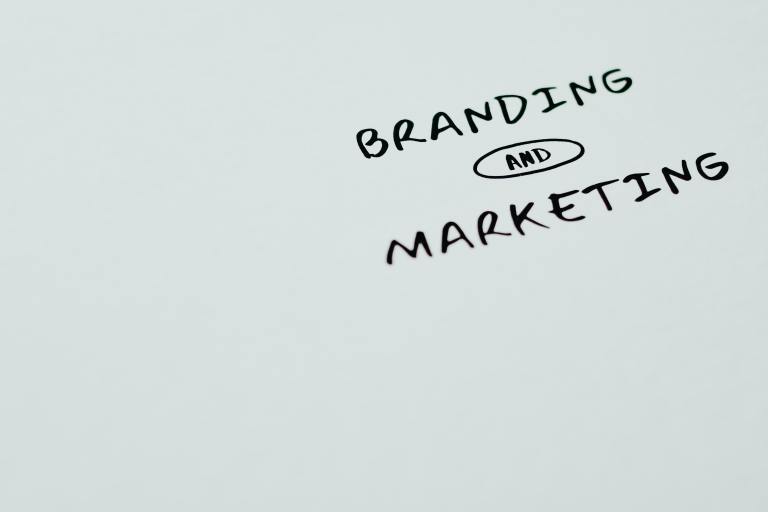7 min read
Rebranding is often the go-to answer for many good reasons, such as a change in direction, outdated image or perception, or expansion. There are also a few not-so-good reasons companies chose to rebrand, such as boredom, following trends, poor sales, and no overall strategy. Whatever the reason, rebranding should be a well-thought-out decision. While rebranding may be a tactical choice for your organization, purchasing under the new brand will be psychological for your customers.
It’s all in your head.
Habit is a habitual behavior your subconscious mind automatically makes activated by context. Customer loyalty is an emotional commitment to a product or service. Both are bred out of comfort, confidence, and familiarity. Customers may reach for your product for one reason or the other, but we know rebranding interrupts both.
The power of consistent branding
As time progresses, the greater your customers’ familiarity with your brand, the more extensive your cumulative advantage becomes. Recognition and attachment grow as your customers become increasingly at ease with utilizing your product or service. With each use of your product and the achievement of their desired outcomes, your advantages compound and multiply.
Subconscious impact
Have you ever looked down an aisle and searched for your favorite product and realized the packaging was different? The betrayal. After the pang of confusion, the fear that the formula you love or the taste you adore may have changed sets in. Even if it clearly states says new design and not a new formula, don’t you doubt it even for a second? Within that second, are you willing to try a substitute?
When you rebrand, the customer’s subconscious asks where is that thing I’m comfortable with, and you are now competing to form a new habit.
Learning from Tide’s mistakes
Even industry leaders get it wrong sometimes. Tide became the leader in the laundry industry by power and prowess. Early on, P&G capitalized on providing value free of charge. When it was introduced in 1946, Tide immediately had the heaviest advertising weight in the category. Procter & Gamble also ensured that no washing machine was sold in America without a free box of Tide to get consumers’ habits started. Tide quickly won the early popularity contest and has never looked back.
But along the way, there was a glitch.
-
1946 – Tide powder laundry soap was introduced and dominated the industry.
-
1980s – Chemist at P&G discovered how to formulate a liquid version of Tide’s powder detergent. The liquid version of Tide was marketed as a new product and rebranded as Era.
It was a bust. Customers immediately rejected the product.
Seeing the error of their ways, the clever folks at P&G rebranded Era. They placed the product in the famous orange packaging, with Tide on the front, and went from fractional market shares to the #1 liquid detergent.
Why didn’t it work?
It was an unfamiliar product with an unrecognizable name and design, and customers questioned its functionality. It didn’t work because it wasn’t what they wanted or what they were used to. With Era, P&G started at ground zero attempting to gain customer loyalty and form purchasing habits.
Considerations before rebranding
Rebranding should be approached with caution. While it may be tempting to refresh a brand due to boredom or trend-following, weighing the potential benefits against the risks is important.
Consistency is critical, and altering a brand’s identity can disrupt customer loyalty and purchasing habits. If considering a rebrand, ensuring the changes align with customer expectations and resonate positively is essential.




